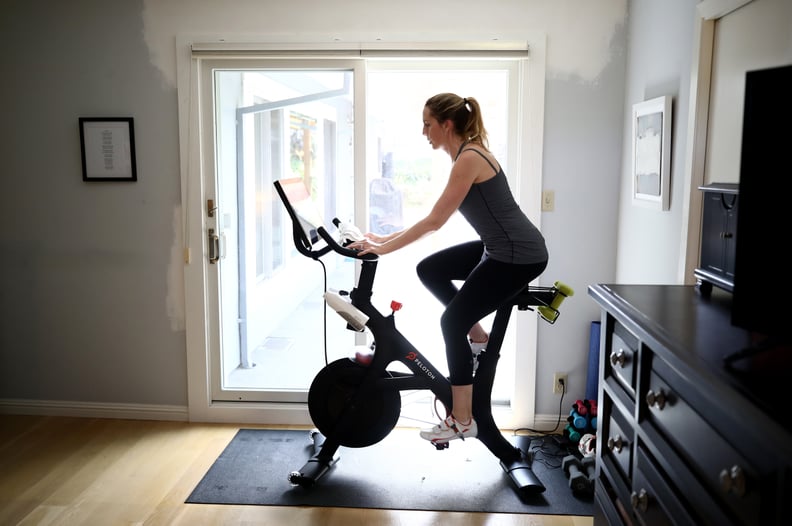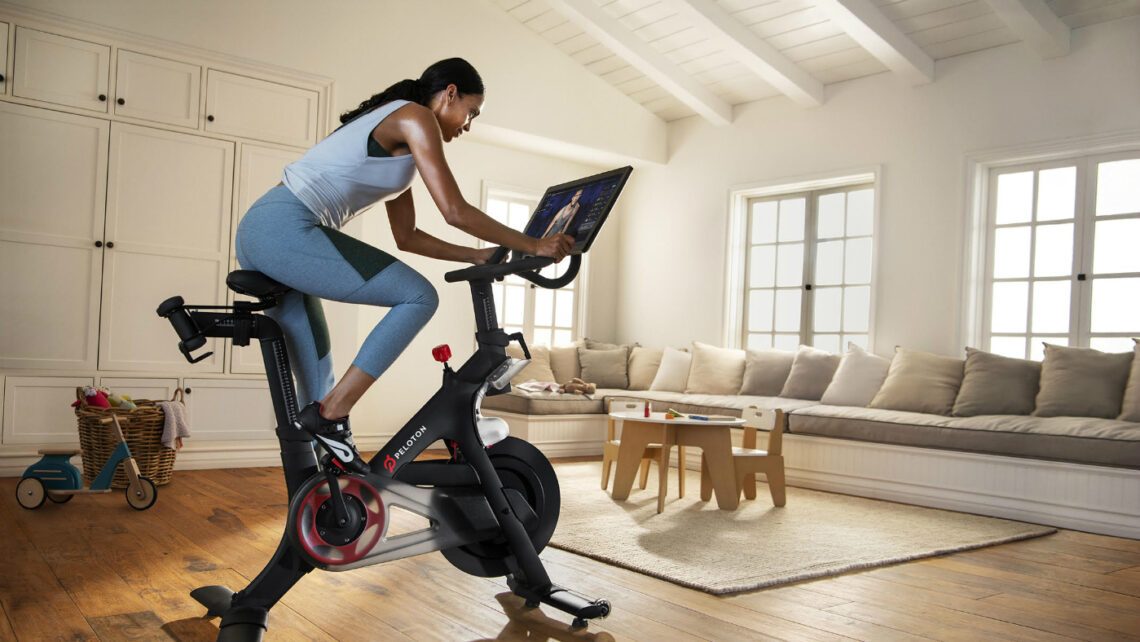For years, I thought people who claimed to enjoy working out were either lying or superhuman. I wasn’t lazy. I wasn’t even out of shape. I just hated the idea of exercise for the sake of it. Gyms made me anxious, jogging bored me to tears, and home workouts felt forced. Every attempt ended with an unused membership, dusty yoga mats, and that familiar guilt of “I’ll start Monday.”
Then something clicked – not dramatically, not overnight. But a small, practical tweak flipped everything. I moved a stationary bike into my living room, right in front of my television. That was it. That was the one change that changed everything.
Turning Distraction Into Motivation
Before this setup, every time I tried to exercise, I focused solely on how long it would take. Thirty minutes of running felt like thirty hours. I’d stare at the treadmill timer, begging it to move faster. Music, podcasts, even outdoor views didn’t keep me engaged.
But placing the bike in front of the TV flipped my attention. I no longer noticed the minutes crawling by because I wasn’t counting them. I was watching an episode of a show or catching up on a documentary. Sometimes I’d lose track of time completely and keep cycling until the credits rolled. The activity became background noise.
From Chore to Habit Without Even Realizing It
Within a week, I was biking for 20–30 minutes every day without even thinking about it. I wasn’t forcing myself to work out — I was showing up to watch the next episode. Eventually, this simple trick created consistency. I stopped resenting movement because it wasn’t about effort anymore — it was about something I already wanted to do.
I didn’t realize it then, but I was pairing a positive stimulus (TV shows I liked) with a neutral one (biking). The habit wasn’t built on willpower. It was built on pleasure and convenience.
Why This Setup Works Better Than the Gym
Gyms come with distractions I never needed: mirrors, machines I didn’t understand, social awkwardness, waiting for equipment. Plus, the logistics — packing a bag, driving over, changing, showering — they all added friction to a task I was already dreading.
At home, with my bike in front of my television, there was no prep time. I didn’t need shoes. I didn’t need motivation. I just had to sit down and press “play.”
The simplicity of it all was what made it sustainable.
I Stopped Focusing on Results
One of the biggest mental shifts happened when I stopped thinking about weight, calories, or steps. I wasn’t tracking anything. I wasn’t chasing a number. The irony? I still started to notice results. My stamina improved, I slept better, and I felt more alert during the day.
Most notably, the guilt surrounding exercise disappeared. I stopped telling myself I was failing. I wasn’t failing — I was pedaling daily, distracted by reruns of my favorite sitcoms.
This single change helped me maintain an active lifestyle, and I didn’t even need to convince myself to try anymore.
How the Idea Came to Me
Funny enough, I wasn’t trying to biohack or build a habit. I just ran out of space in my apartment. The stationary bike didn’t fit anywhere else, so I parked it in front of the TV — temporarily, I thought. That “temporary” placement became permanent once I realized how naturally it integrated into my daily routine.
That’s the key I didn’t see before. The barrier wasn’t laziness — it was friction. Too many steps between “thinking” about working out and actually doing it. Once those steps were removed, there was nothing left to resist.
Even Lazy Mornings Became Active

I’m not a morning person. I never have been. But now, on weekends, I’ll crawl out of bed, grab a coffee, and sit on the bike while watching something light — news recaps, sports highlights, or YouTube videos. The movement feels passive, not punishing.
It no longer matters how intense the session is. What matters is that I’m moving — regularly and without resentment.
You Don’t Need Fancy Gear
You don’t need the best Peloton or a gym-quality bike. Mine is second-hand. It squeaks. The seat isn’t great. But it does the job. It lets me move while being entertained. That alone makes it valuable.
You don’t even need a bike. It could be a treadmill, a rowing machine, or even light weights or resistance bands. The idea is to turn your passive entertainment time into low-effort activity time.
If you spend 45 minutes binge-watching something, imagine if just 20 of those were spent moving. That’s hours per week — without feeling like “exercise” at all.
Consistency Without Pressure
The magic isn’t in a fancy workout plan. It’s in the repetition. And when something is enjoyable, repetition becomes automatic. I didn’t have to trick my brain. I just gave it something fun to focus on while my body did what it needed to do.
Even after long workdays when motivation was zero, I still showed up — because sitting on the bike for 20 minutes while watching TV felt easier than telling myself to do a traditional workout.
This low-barrier approach to fitness worked where every “30-day shred” failed me.
Movement Feels Less Intimidating Now
Once exercise stopped feeling like a punishment, I became open to other forms. I started walking more. I looked into short strength routines. I found myself standing and stretching during TV commercials or pacing while on calls.
That one small change — putting the bike in front of the TV — started a chain reaction. Not because I planned it, but because I removed the part I hated most: the pressure.
People spend years trying to find the right time, right motivation, or right program. But sometimes, it’s just about putting something in the right spot — like a bike in front of your favorite screen.
The habit follows. The mindset follows. And before you know it, movement becomes a part of your life — no discipline required.
And yes, I still hate traditional exercise. But this? This I can do.






